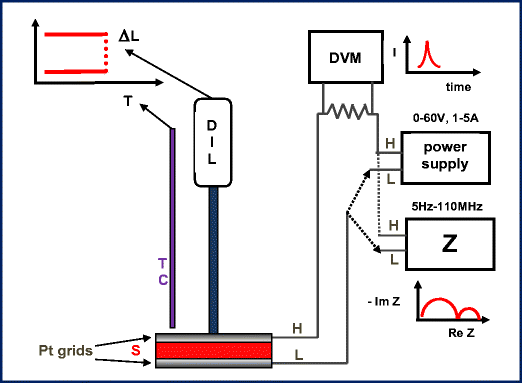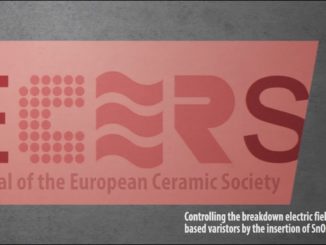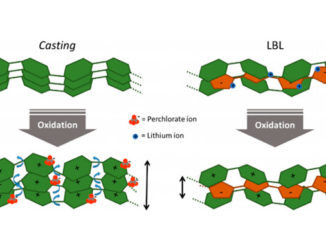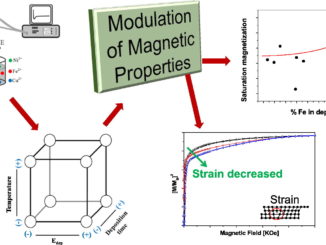
Electric field assisted sintering of electroceramics and in situ analysis by impedance spectroscopy
Abstract: Since the first report several years ago on pressureless sintering of yttria-stabilized zirconia with several seconds at relatively low temperatures by application of an electric field, an increasing number of scientific reports have been published on sintering ion conducting, semiconducting and insulating polycrystalline electroceramics. The electric field-assisted sintering consists in applying an electric field either during heating up or under isothermal conditions at temperatures well below the ones applied during conventional sintering. Besides the lower temperatures, shorter times are required to achieve full densification without considerable grain growth, evidencing the potential of this technique for obtaining functional electroceramics with improved mechanical and electrical properties at lower costs. Even though some mechanisms have been suggested, the description of the phenomenon at the microscopic level leading to full densification with seconds remains a challenge. We report in situ electrochemical impedance spectroscopy of an ionic conductor (ZrO2: 8 mol% Y2O3), a proton conductor (BaCe0.8Zr0.1Y0.1O3-δ) and a semiconductor (SnO2: 0.5 mol% MnO2) performed during conventional and electric field-assisted sintering experiments. Attention is also directed on the description of the experimental setups and procedures and to the evaluation of microstructural details by scanning electron microscopy. The analysis of the in situ impedance spectroscopy diagrams under heating (before either conventional or electric field-assisted sintering) and under cooling (after) provides evidence of densification with pore elimination and welding of grains. Prospects for future experimental and simulation research work are outlined.
Author(s): Muccillo, R.; Muccillo, E. N. S.
Journal of Electroceramics
Volume: 38 Issue: 1 Pages: 24-42 Published: 2017
DOI: http://dx.doi.org/10.1007/s10832-016-0054-x
PDF: Electric field assisted sintering of electroceramics and in situ analysis by impedance spectroscopy




